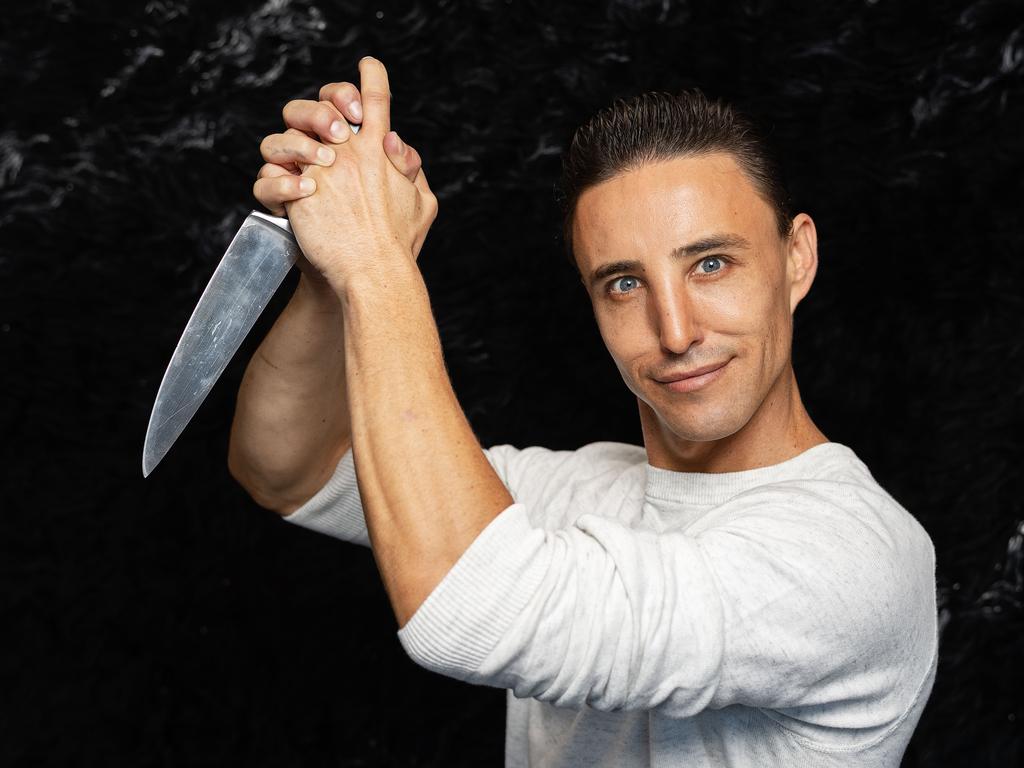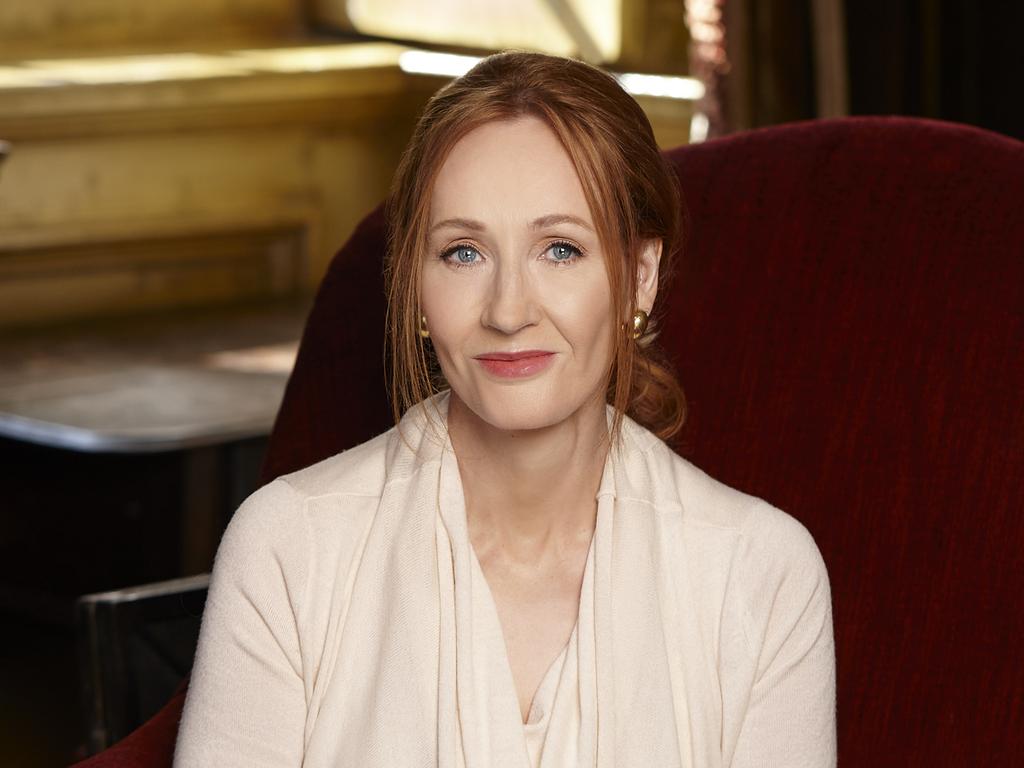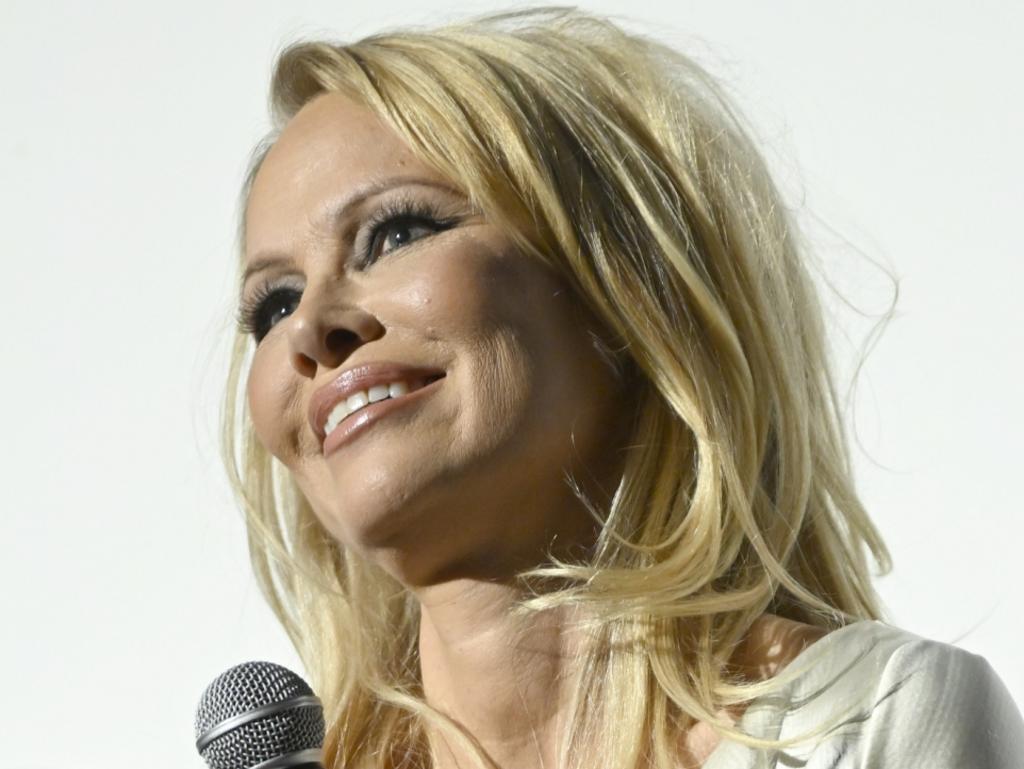The Art of Darkness review: Sprawling, magnificent history of Goths
Defined by its apocalyptic overtones and funereal attire, the once-underground Goth subculture has proved not only resilient, but spectacularly lucrative.

While Australia has never been overrun by Goths – it’s difficult to maintain the mandatory pallor or to parade complicated PVC attire during blindingly blue, jacaranda-scented summers – the movement has, despite the ridicule, penetrated the local economy.
Defined by its apocalyptic overtones, funereal attire, mysticism, and flamboyant paraphilias – BDSM, latex, rubber – the once-underground Goth subculture has, unlike its predecessors (Glam, Mod, Punk, and so on), proved not only resilient, but spectacularly lucrative.
J. K. Rowling’s Slytherins carried the Goth torch for Millennials until Wednesday, the Netflix Addams Family spin-off series directed by Tim Burton, took over: on its release, it was the streaming service’s most popular and profitable show, racking up 1.2 billion hours of viewing in its first 28 days. Related clips in their millions were featured on TikTok, with adolescents and adults – including Madonna – intently mimicking Wednesday’s signature dance moves.
Music influenced by, or serving Goth continues to fill stadiums around the world, acclaimed designers such as Olivier Theyskens and Ann Demeulemeester elaborate on the theme, and the cinematic takes – including the upcoming Renfield and Haunted Mansion – continue.
Despite this, it has taken 40 years for the subculture to be adequately documented.
Celebrated British broadcaster, journalist and post-punk musician John Robb is the first, and best qualified, to comprehensively analyse this influential artistic movement – the Mary Beard, if you will, of Goth. Mick Mercer, former editor of cult music magazine Zig Zag and the finest of the era’s live portrait photographers, captures the zeitgeist with his accompanying shots.
The Art of Darkness, which took eight years and close to a quarter of a million words to complete, was written while Robb co-founded the Green Britain Academy, toured with his band the Membranes, ran the Louder Than War music website, set up the Louder Than War Literary Festival, and regularly appeared on radio and television.
Appropriately, the book topped the Amazon UK charts weeks before its publication.
The breadth of Robb’s understanding in relation to his subject is unique. He has interviewed most of the music industry’s iconic underground figures for a superb YouTube series – his interview with Patti Smith is a standout – and experienced the trajectory of Goth from what was, in essence, a provincial stance refuting Thatcherian utilitarianism to a melancholic and profoundly romantic multibillion-dollar phenomenon. Famously beautiful, Robb lived it all, playing gigs and watching them, a chronicler of the subculture and its musical microcultures – among them, Darkwave, Gothic Metal, Southern Gothic, and Trad Goth.
Bottling the drama, Robb opens with a trailer: “In a forgotten town on a long-lost evening of melancholic weather, pointed shoe heels and combat boots clacked the damp pavement as the cobbles were transformed into catwalks. Defiant hair was piled high above the 50 shades of black gothic garments covered by huge coats hiding the exotic, erotic clothes beneath. Sheltered from the damp night-time cold and the scavenging beer-stained bullies, the Goth couple clattered through the post-industrial backdrop. Fortified by the pre-club ritual of bedsit booze and their empowering sartorial armour, they jangled with jewellery and expectation.”
Robb’s memory is, in essence, Proustian – the smells, feels, and sounds of the early 1980s remain as vivid to him as the sights – imbuing the history with a captivating immediacy.
When he writes of the archetypal “shivering bedsit shag next to the whirring fan heater”, the (unmentioned) faded crimson carpet, Silk Cuts crushed into a bakelite ashtray, and the pallor of the young male Goth’s narrow buttocks in the half-light play like shadows against the wall.
Engagingly, Robb depicts Goths as equal to the musicians they love in terms of theatrical prowess: the audience as dark star. “Much of the scene, as we know it, evolved in places like Bradford, Northampton, Wakefield or Crawley: satellite towns, mill towns, dead towns,” he writes. “It was in these unlikely landscapes that the Goth aesthetic began to thrive.”
He goes on to sketch the evolution of the aesthetic from the fall of Rome to the Romantic era’s “loose coalition of poets, painters, authors and thinkers who earnestly and perhaps beautifully felt that creativity could change the world”, presenting Goth as the logical conclusion: a refuge from brutality.

Like other aesthetic subcultures, it also acted as a forum for artistic impulses and – perhaps uniquely in relation to behaviour – encouraged revelry in the meditative and the mystical. Goths could always be found walking through ancient graveyards, parks and galleries, in contrast, say, to belligerently sensation-based and violent urban skinheads, or the “casuals” of the British football “firms”, whose scheduled brawls involved bricks and knives.
Genderqueer, curiously, was also commonplace. Goth, as Robb reports, “could be dressed up or dressed down, unisex, polysex or middlesex, as anything goes in the sex and death show. It was sometimes genderless, sometimes gender-full and sometimes the gender was pumped to the max and always with the borders as blurred as their mascara.”
The sudden structural and stylistic shift in the second half of the book, however, jars. Robb switches from a paced, beguilingly digressive exploration to strict chapter-analyses of the cultural impact of bands important to the movement – Einstürzende Neubauten; Nick Cave’s heroin-addled Birthday Party; Bauhaus; The Cramps; others. The prose in these chapters can be uncharacteristically thoughtless, as if Robb felt pressured by his publisher to complete the project, but the greater panorama is, ultimately, enriched by the detail.
A sprawling, magnificent history, The Art of Darkness transcends its purpose. Robb, with his fizzing energy and enthusiasm, emerges as a world-builder. Informed by this passion, the landscape he creates is compellingly strange and vivid for both laymen and cultural scholars. As he concludes, quoting Adam Ant, “Ridicule is nothing to be scared of.”
The Art of Darkness
By John Robb
University of Manchester Press
600pp, $52
Antonella Gambotto-Burke’s new book, Apple: Sex, Drugs, Motherhood and the Recovery of the Feminine, is available online







To join the conversation, please log in. Don't have an account? Register
Join the conversation, you are commenting as Logout